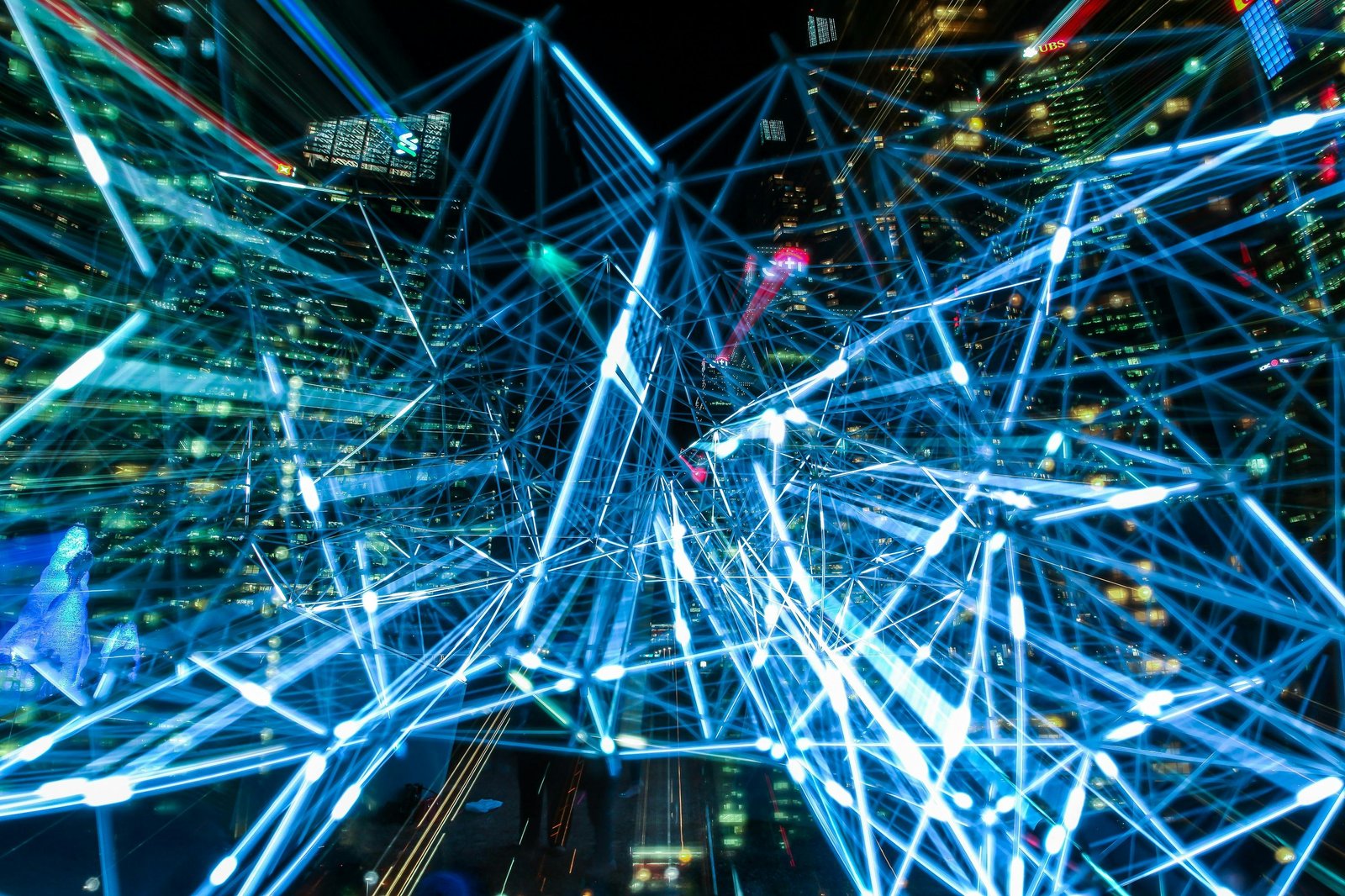The role of AI in cybersecurity: Opportunities and Threats
Artificial intelligence (AI) is transforming many sectors, including cybersecurity. In 2024, AI is both a blessing and a threat. While it helps businesses detect and prevent cyberattacks more effectively, it is also used by cybercriminals to create more sophisticated attacks. This article explores the opportunities AI offers in cybersecurity and the challenges it presents.
Opportunities of AI in Cybersecurity
- Real-time anomaly and threat detection: AI can analyze large amounts of data and identify anomalies much faster than humans. It continuously monitors networks to detect unusual behaviors, such as suspicious login attempts or abnormal activities.
- Automated incident response: AI-based systems can automatically respond to incidents, such as isolating an infected device or shutting down compromised access points.
- Enhancing malware detection systems: AI can identify new malware variants by analyzing their behavior in real-time, reducing the risks associated with zero-day threats.
- Strengthening authentication and access control: AI is used in biometric systems to verify a user’s identity and adapt authentication methods based on user behavior.
Threats of AI to Cybersecurity
- Creation of more sophisticated attacks: AI enables cybercriminals to generate phishing attacks that are harder to detect and to launch large-scale automated campaigns.
- Bypassing security systems: Cybercriminals can train AI models to mimic legitimate behaviors, making malware harder to detect.
- Exploiting vulnerabilities in AI algorithms: Attackers can manipulate AI systems by feeding them falsified data, causing classification errors.
- Deepfakes and advanced social engineering: AI powers the creation of deepfakes—highly realistic videos and audio recordings used to deceive individuals or companies, increasing the risk of fraud.
How to Maximize the Benefits of AI While Reducing Risks
- Invest in robust AI solutions: Businesses should choose reliable AI solutions that are regularly updated to address emerging threats.
- Train teams in AI and cybersecurity: It is essential for teams to understand how AI is used for both defense and by attackers.
- Implement AI auditing systems: Regular audits are necessary to prevent malicious actors from manipulating AI algorithms.
- Adopt a hybrid approach: Combining AI with human intervention is often the most effective strategy.
Conclusion
AI represents a significant advancement in cybersecurity, but it also carries risks. Businesses must understand both the opportunities and threats AI presents to maximize its value while minimizing risks. By investing responsibly in AI and training their teams, companies can enhance their security in an increasingly complex digital environment.








